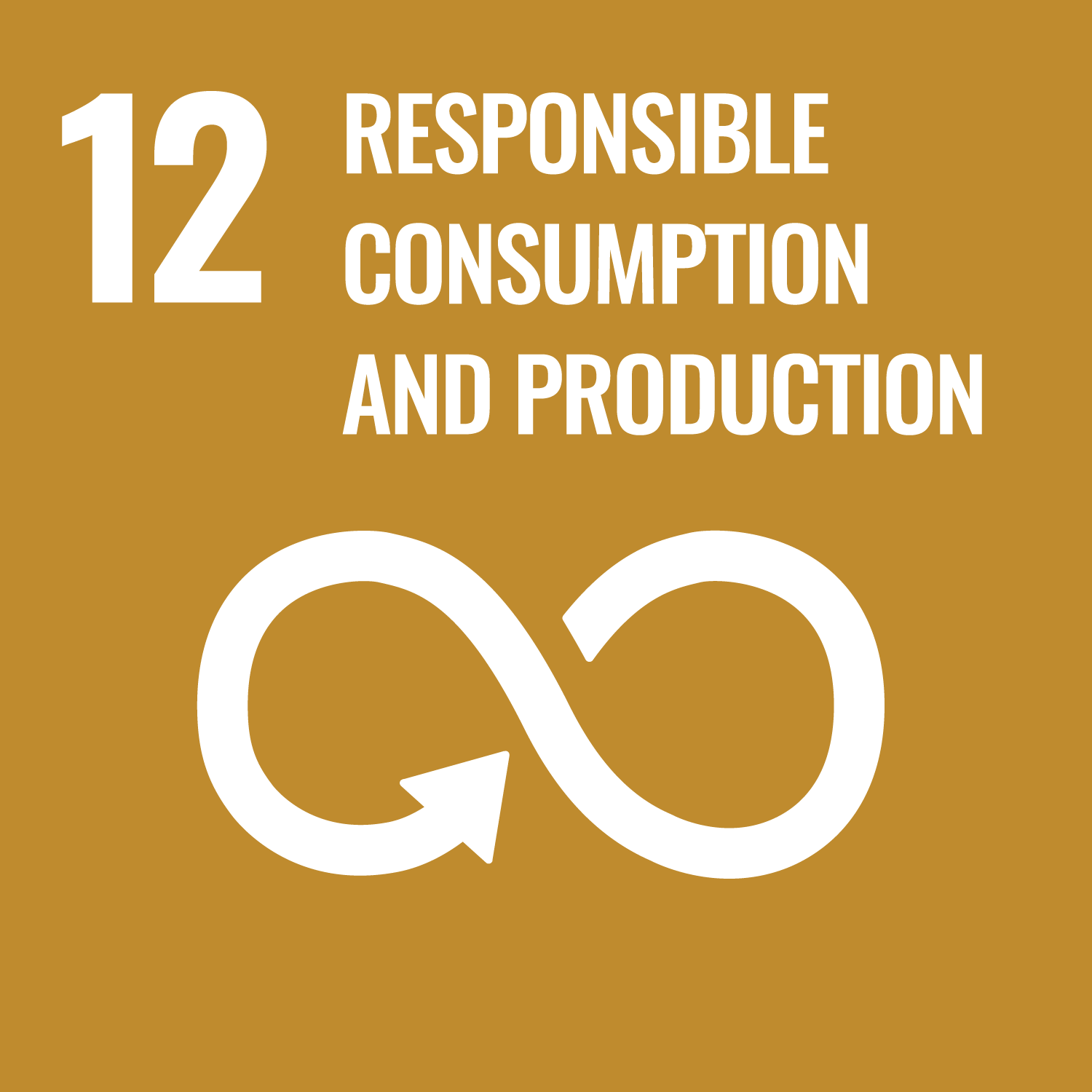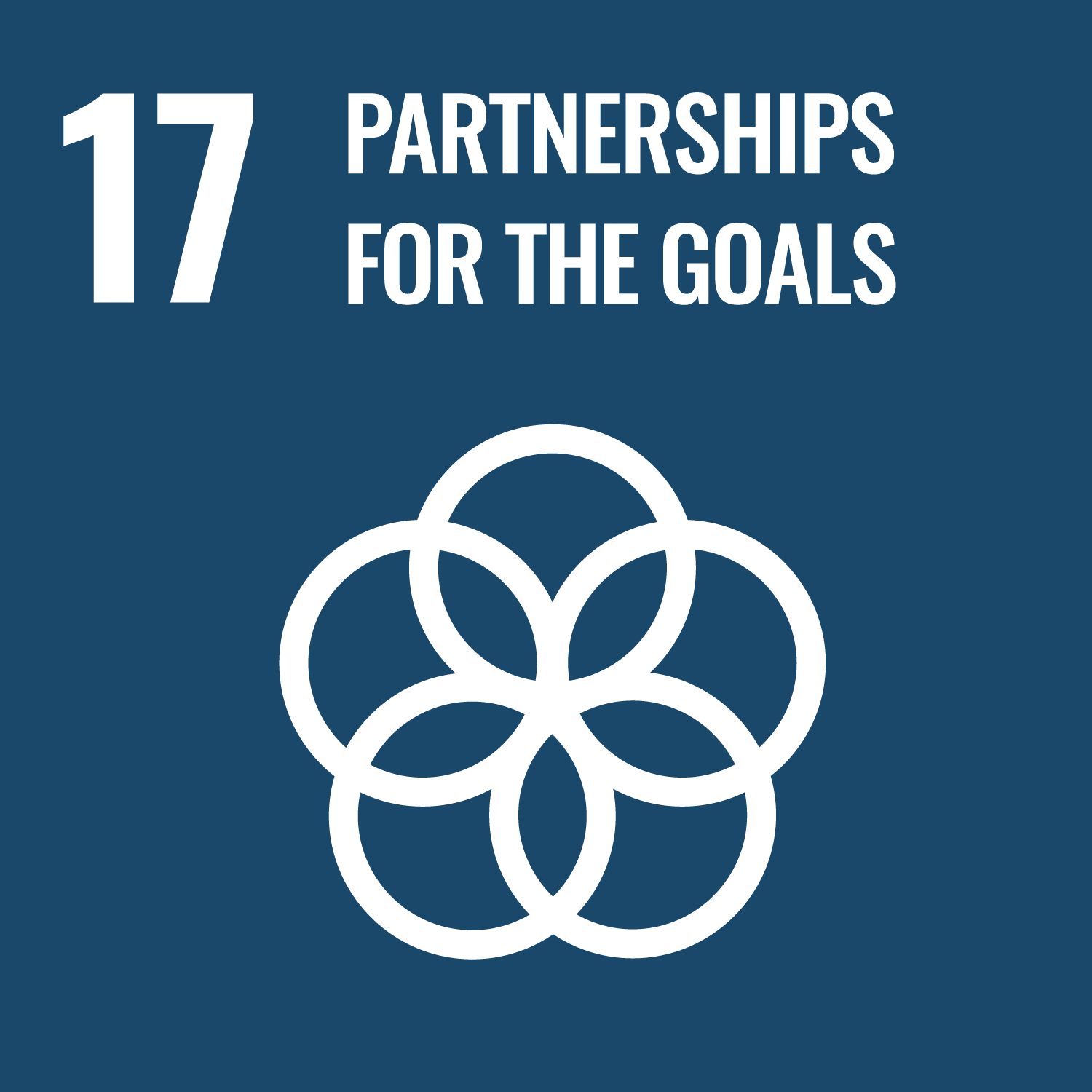In order to smoothly promote design development, a wide variety of knowledge is required, including project management, social
conditions, business structures, organizational structures, and various support politics. Also promotional measures must be
implemented from a comprehensive perspective. These are synonymous with "Designing a project promotion" if we consider it
from the perspective of design. In this course, we lecture various knowledge required to promote design development, and
acquire practical knowledge about "design for promoting the project" through practical activities and lecture. This class
aims to consist mainly of lectures by people active in the field of development, with the aim of acquiring practical knowledge,
so it is expected that the content of the class will change very flexibly.
To learn cases of “to promote design,” and learn these methodologies and propriety.
- Can explain the product development process and management flow.
- Can grasp examples of design from multiple perspectives.
- Can consider actual design cases from various aspects.
| Class schedule | HW assignments (Including preparation and review of the class.) | Amount of Time Required | |
|---|---|---|---|
| 1. | [Introduction] The Significance and Role of Design Promotion. |
Conduct as instructed in the class. | 200minutes |
| 2. | [Basics 1] Corporate and business structure. |
Conduct as instructed in the class. | 200minutes |
| 3. | [Basics 2] Fundamentals of corporate accounting and return on investment |
Conduct as instructed in the class. | 200minutes |
| 4. | [Basics 3] Basic process and organization of product development |
Conduct as instructed in the class. | 200minutes |
| 5. | [Basics 4] Marketing Mistakes |
Conduct as instructed in the class. | 200minutes |
| 6. | [Basics 5] Relationship between systems and contents |
Conduct as instructed in the class. | 200minutes |
| 7. | [Basics 6] Relationship between government and industry |
Conduct as instructed in the class. | 200minutes |
| 8. | [Basics 7] Changes in business models and rights |
Conduct as instructed in the class. | 200minutes |
| 9. | [Practical Lecture 1] Product development in practice * There is a possibility that the order may be switched with other session. |
Conduct as instructed in the class. | 200minutes |
| 10. | [Practical Lecture 2] Product development in practice * There is a possibility that the order may be switched with other session. |
Conduct as instructed in the class. | 200minutes |
| 11. | [Practical Lecture 3] Product development in practice * There is a possibility that the order may be switched with other session. |
Conduct as instructed in the class. | 200minutes |
| 12. | [Practical Lecture 4] Product development in practice * There is a possibility that the order may be switched with other session. |
Conduct as instructed in the class. | 200minutes |
| 13. | [Practical Lecture 5] Product development in practice * There is a possibility that the order may be switched with other session. |
Conduct as instructed in the class. | 200minutes |
| 14. | [Practical Lecture 6] Product development in practice * There is a possibility that the order may be switched with other session. |
Conduct as instructed in the class. | 200minutes |
| Total. | - | - | 2800minutes |
| Reports | Contribution to the class | Peer review | Total. | |
|---|---|---|---|---|
| 1. | 25% | 10% | 10% | 45% |
| 2. | 10% | 10% | 10% | 30% |
| 3. | 10% | 10% | 5% | 25% |
| Total. | 45% | 30% | 25% | - |
In principle, the score will be calculated by summing up the scores obtained from the reports given in each session.
The score is calculated based on the "faculty evaluation" and the "peer review method of mutual evaluation.
Peer review submissions will also be added to the report score.
Since it is expected that some reports will be submitted more than once, the allocation of points for each report will be determined by the contents of the report and the number of times it is submitted in the class.
In principle, it will judge passing grade if "1. All reports and peer reviews will be submitted," and "2. Reach 80% reports that are judged to be appropriate by the teacher and peer review evaluations."
The score is calculated based on the "faculty evaluation" and the "peer review method of mutual evaluation.
Peer review submissions will also be added to the report score.
Since it is expected that some reports will be submitted more than once, the allocation of points for each report will be determined by the contents of the report and the number of times it is submitted in the class.
In principle, it will judge passing grade if "1. All reports and peer reviews will be submitted," and "2. Reach 80% reports that are judged to be appropriate by the teacher and peer review evaluations."
インダストリアルデザイン講義, 青木史郎 著, 東京大学出版会, ISBN-10: 4130628399, ISBN-13: 978-4130628396
プロダクトデザイン 商品開発に関わるすべての人へ, JIDA「プロダクトデザイン」編集委員会 著, ワークスコーポレーション, ISBN-10: 4862670636, ISBN-13: 978-4862670632
プロダクトデザイン 商品開発に関わるすべての人へ, JIDA「プロダクトデザイン」編集委員会 著, ワークスコーポレーション, ISBN-10: 4862670636, ISBN-13: 978-4862670632
- Course that cultivates an ability for utilizing knowledge
- Course that cultivates a basic self-management skills
- Course that cultivates a basic problem-solving skills
| Work experience | Work experience and relevance to the course content if applicable |
|---|---|
| Applicable | Teachers with practical experience at the design promotion organization will teach concrete measures on practical issues constantly being studied at the design promotion organization as examples. |





- 4.QUALITY EDUCATION
- 8.DECENT WORK AND ECONOMIC GROWTH
- 9.INDUSTRY, INNOVATION AND INFRASTRUCTURE
- 12.RESPONSIBLE CONSUMPTION & PRODUCTION
- 17.PARTNERSHIPS FOR THE GOALS
Last modified : Fri Mar 18 22:41:04 JST 2022
